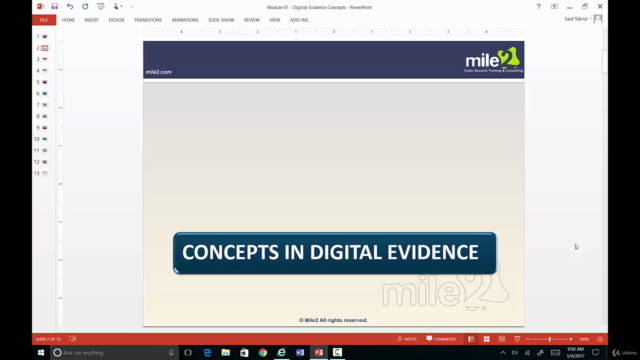Certified Network Forensics Examiner : CNFE (Part1 of Part2)
Certification course
4.50 (25 reviews)

296
students
15.5 hours
content
Oct 2023
last update
$54.99
regular price
What you will learn
After successfully completing this course, the students shall be able to:
Cyber Defense Analysis
Incident Response
Cyber security Management
Systems Analysis
Vulnerability Assessment and Management
Screenshots




Related Topics
3226813
udemy ID
6/11/2020
course created date
11/21/2020
course indexed date
Bot
course submited by